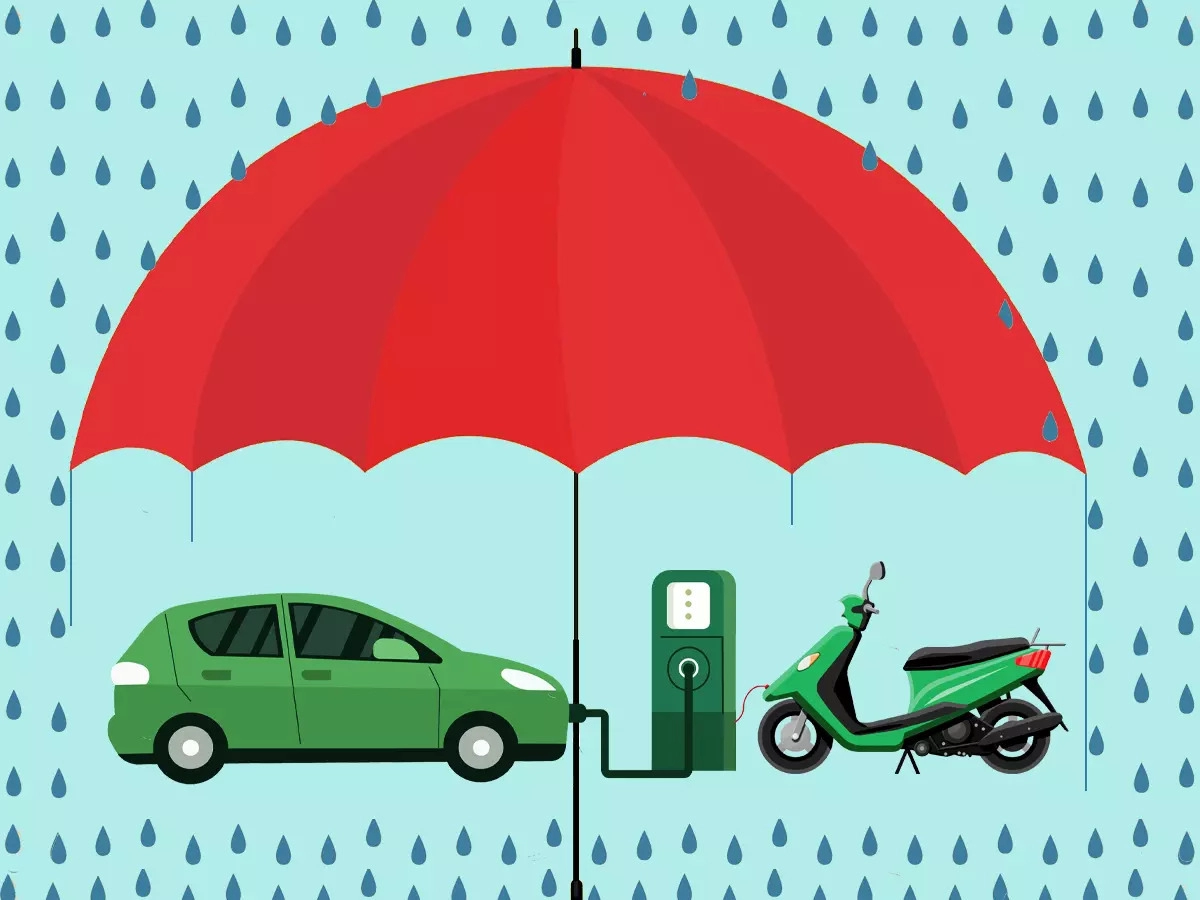Navigating Warranties and Insurance For EVs and Trucks
Summary
Navigating warranties and insurance for EVs and trucks can be tricky. But with the right coverage, you can drive with confidence. Liability coverage is a necessity for all drivers. However, EVs may have unique considerations that can lead to higher […]

Navigating warranties and insurance for EVs and trucks can be tricky. But with the right coverage, you can drive with confidence.
Liability coverage is a necessity for all drivers. However, EVs may have unique considerations that can lead to higher premiums. These include the possibility of fire and battery degradation.
Warranties
As with traditional cars, EVs come with factory warranties covering certain parts of the car for a set period of time or mileage. Prospective EV buyers need to be familiar with the nuances of those warranties and what they include.
For example, EVs typically have a dedicated battery and drive unit warranty as well as a powertrain warranty that covers the electric motor. The latter is especially important because federal law requires that EV batteries be covered for eight years or 100,000 miles.
EV battery warranties also vary by manufacturer. Some only cover total failure, while others cover degradation over a specified period of time or number of charging cycles. Most EV batteries require regular system updates to maximize longevity. Some automakers deny coverage if you don’t perform those updates regularly, and they can even void your battery warranty if you charge it in a non-approved manner, such as at a racetrack or offroad track.
Insurance
As the popularity of electric vehicles rises, many people may be wondering if they will pay more to insure their new EV than a traditional gas-powered vehicle. Fortunately, insurance rates are closing in on those of combustion-engine cars as the number of EVs increases.
The cost to replace mechanical components of a car can be expensive, especially if those parts fail after their warranty has expired. This isn’t a problem for drivers of hybrid and EV vehicles that are still under their factory warranties, since the manufacturer absorbs those costs.
Many manufacturers also offer supplemental battery and powertrain warranties that extend beyond the federally mandated eight years or 100,000 miles for EVs. For example, Rivian’s warranty protects its batteries from degradation over time and use. In addition, a few insurance companies have begun offering special coverage for EVs and hybrids. These policies may include loss of use coverage, replacement battery coverage and home charging station protection.
Over-the-Air Updates
Over-the-air (OTA) updates are an essential technology for EVs. OTA updates allow drivers to update the software pieces that control the vehicle. The ability to perform OTA updates saves time and money for both the car owner and the automaker.
Some legacy automakers are experimenting with OTA capability, while newer manufacturers, like Lucid Motors, have built this functionality into their vehicles. The company’s flagship EV, the 2022 Lucid Air, uses OTA updates for its DreamDrive ADAS and user experience systems.
OTA updates can also fix or enhance other functions in the car. These can include drive controls, which improve the car’s performance or safety. But OTA updates require sophisticated security, high-speed internet connectivity, and a lot of computing power. They are also prone to failure, with software issues contributing to 15% of automotive recalls. To reduce the risk of failure, OTA updates are typically tested in fusion testing laboratories. This avant-garde approach ensures that updates are robust and resilient in extreme conditions.
Maintenance
Electric vehicles free owners from trips to the gas pump and offer instant torque and a peaceful ride, but they’re not without their costs. EVs may cost more upfront than traditional vehicles, but they tend to be less expensive to maintain over time.
While EVs have fewer moving parts than traditional cars, they still need routine maintenance. Just like a conventional car, you’ll need to check and refill various fluids, including windshield washer fluid.
However, the biggest difference with an EV is its battery. Battery degradation is a real risk, and according to studies from companies like Recurrent, most EV batteries degrade at 2.3% per year.
Fortunately, many manufacturers are going beyond the federally mandated powertrain warranty to include battery degradation in their own warranties. Depending on the model, this could cover up to eight years and 100,000 miles of loss in battery efficiency. This is a big win for fleets that want to reap the benefits of an EV without taking on additional maintenance expenses.
